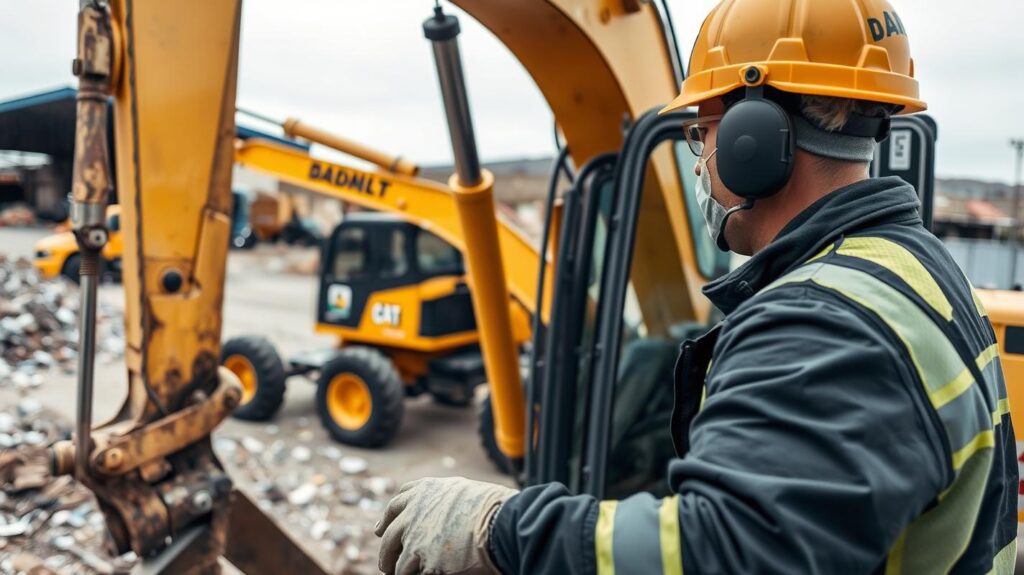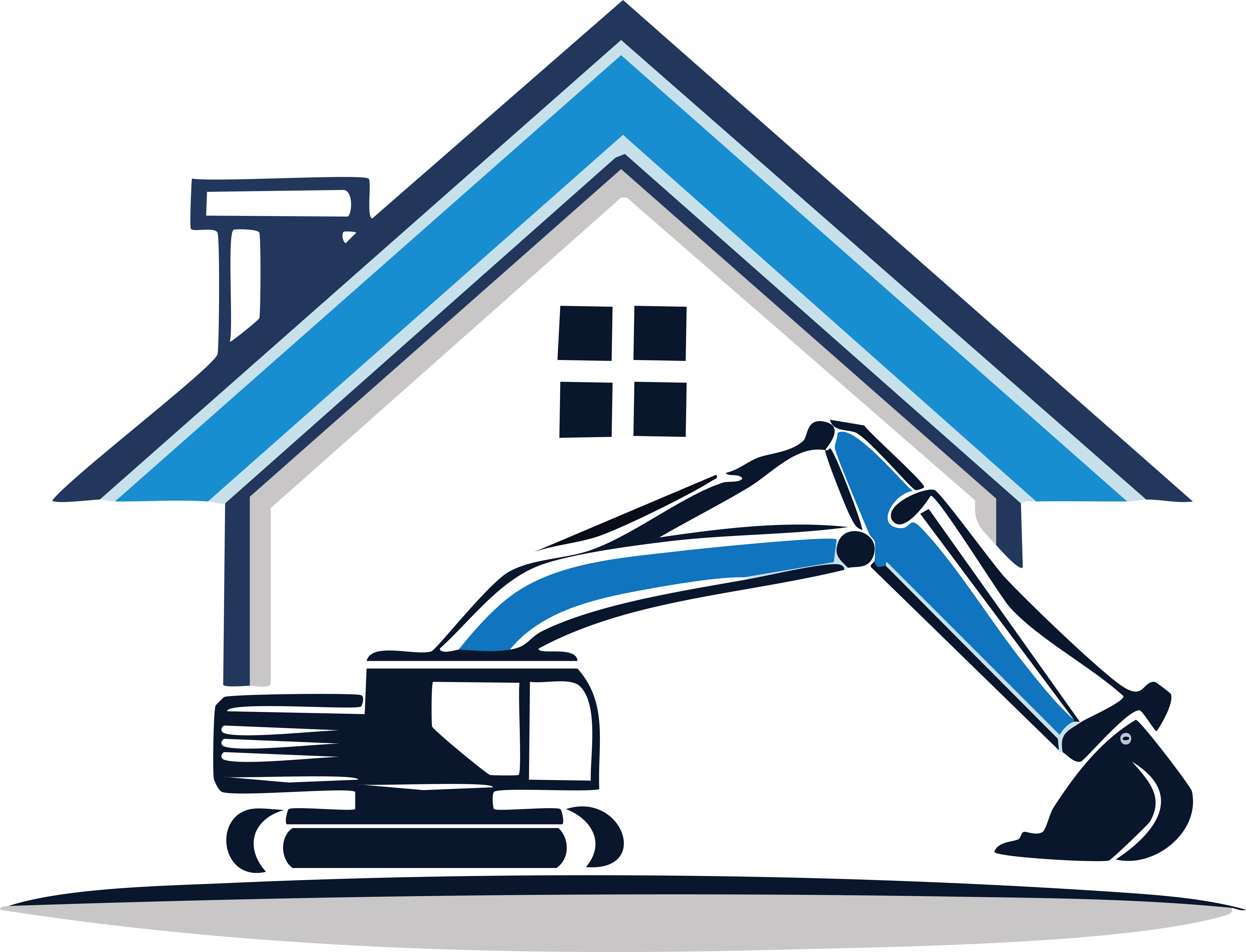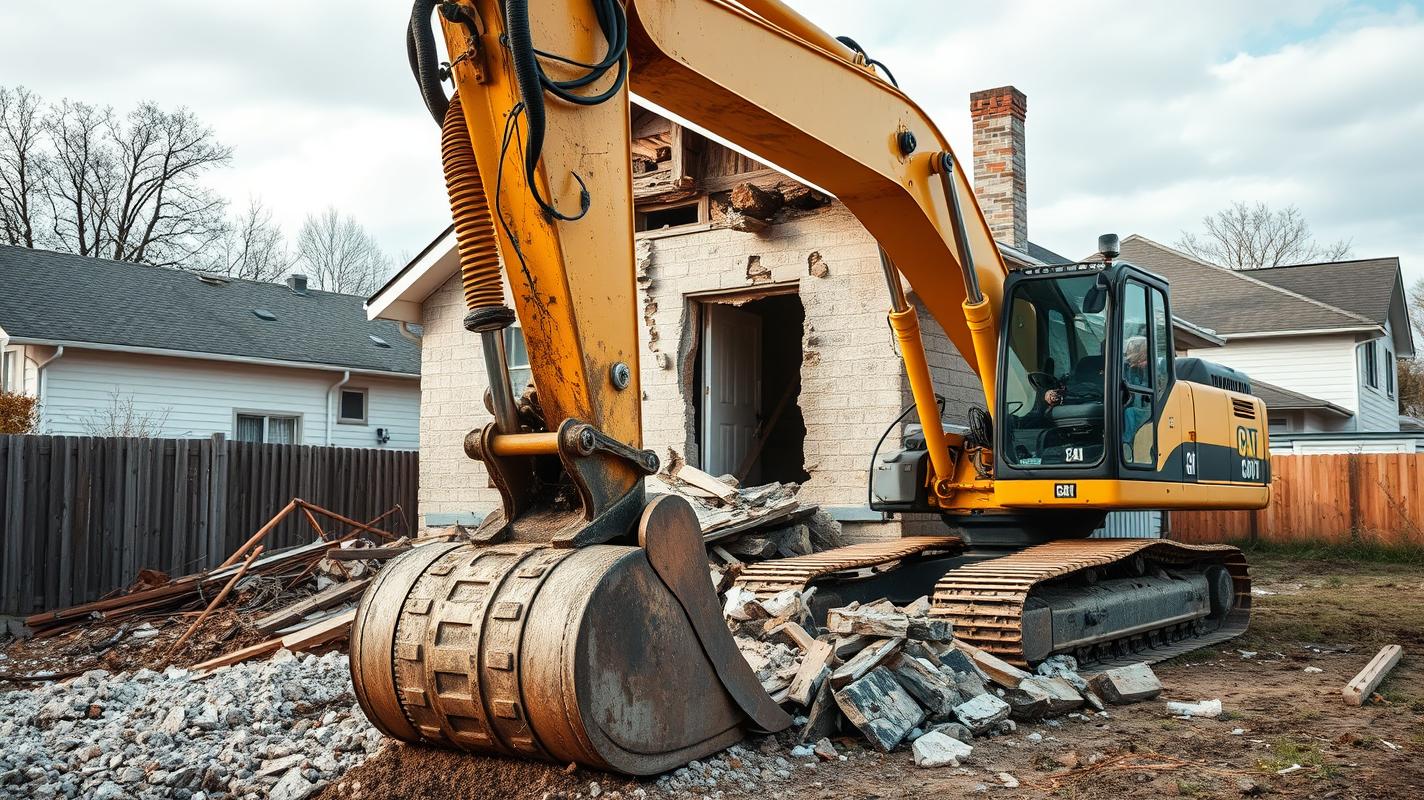From ancient times, mankind has been involved in the building and demolition of structures. It’s a cycle that has shaped our history and evolved with technology and civilization. This post will explore the evolution of demolition techniques, focusing on residential demolition, house demolition, and the methodologies used in the demolition of houses.
Ancient Times: The Humble Beginnings of Demolition
The demolition of buildings in ancient times was an arduous and manual process. The rudimentary methods involved tools like hammers, chisels, and manual labor. For the Romans, the use of wrecking balls made from stone was a novel approach to demolition. The technique was far from the precision residential demolition we see today, but it paved the way for new methodologies.
Medieval Era: The Rise of Gunpowder
During the medieval period, demolition remained a labor-intensive process. However, the invention of gunpowder brought about a significant change. It was now possible to use explosives to bring down structures, a practice that began to revolutionize house demolition. While still rudimentary, these techniques laid the groundwork for modern demolition practices.
We are experienced Demolition Company based in Melbourne, Victoria that offer top-tier demolition services all around Melbourne and across Victoria, Australia.
For all your Demolition needs contact us to GET FREE QUOTE NOW!
Industrial Revolution: Machines Enter the Scene
The industrial revolution saw the introduction of machinery into the demolition industry. Steam shovels and cranes provided new capabilities, allowing for the demolition of houses on an unprecedented scale. The first residential demolition using dynamite occurred during this period, signaling a new era of technology-driven demolition.
20th Century: A Time of Innovation
The 20th century marked a time of rapid advancement in demolition technologies. Hydraulic excavators, wrecking balls, and controlled explosives allowed for precision demolition of structures. House demolition became more efficient and safer, with new regulations guiding the practice.
The development of implosion technology, using well-placed explosives, allowed for the controlled collapse of structures, revolutionizing the demolition industry. Large-scale demolition of houses became both an art and a science.

21st Century: Modern Practices and Sustainability
Today, the focus of demolition has shifted towards sustainability and environmental considerations. Techniques like deconstruction, where buildings are carefully taken apart to salvage materials, are becoming more prevalent.
Robotic technology and advanced machinery have also emerged as valuable tools in residential demolition. They provide safer, more efficient means of breaking down structures and have greatly contributed to the refinement of demolition techniques.
Conclusion: The Ever-Evolving World of Demolition
The history of demolition is a fascinating journey from manual labor to the highly sophisticated methods we see today. From ancient tools to the controlled implosions of the modern era, demolition techniques have continually evolved to meet the changing needs of society.
As we look to the future, the focus on sustainable practices and technological advancements will continue to shape the demolition industry, particularly in the residential demolition sector. The story of demolition is far from over; it is a field continually evolving and adapting to the world around it.

